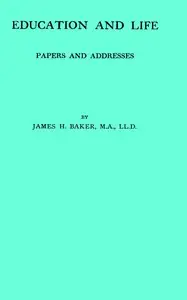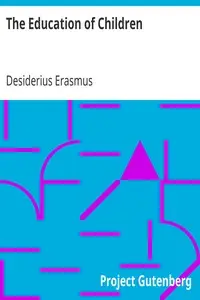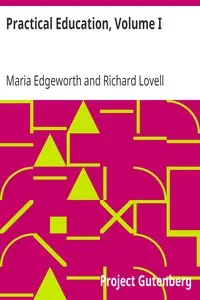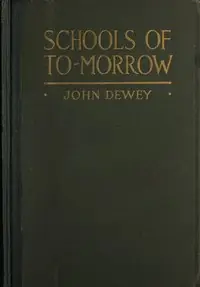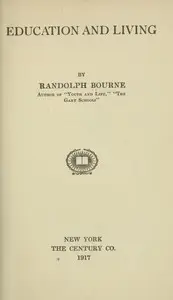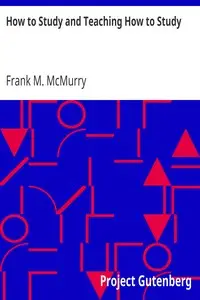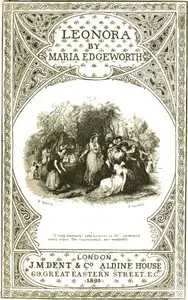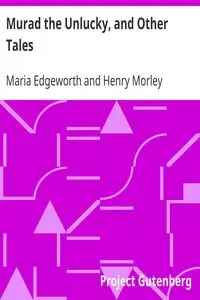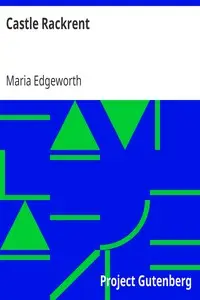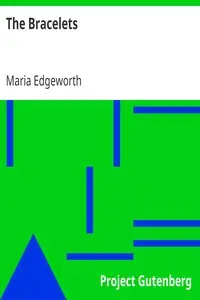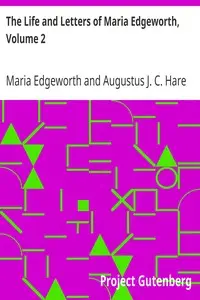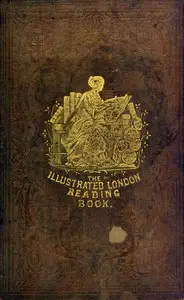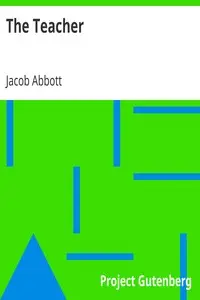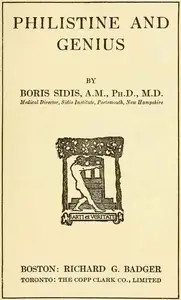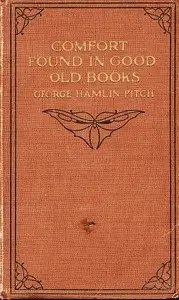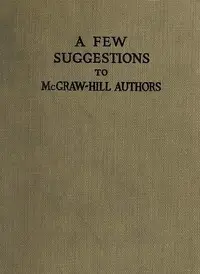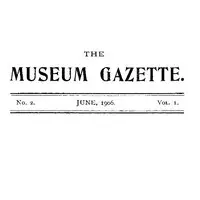"Practical Education, Volume II" by Maria Edgeworth is a book from the early 1800s that looks at ways to teach kids better. It talks about how to teach subjects like grammar, old stories, maps, and math, pushing for ways that help kids think for themselves and enjoy learning. The volume starts by looking at teaching grammar and old books, pointing out that the old ways weren’t great and suggesting smarter ways to teach. It mentions how parents feel pressured to make sure their kids know old languages well, but says it’s more important for kids to understand things instead of just memorizing them. This book says many old textbooks confuse kids and make them memorize without understanding. Instead, the writers think kids should learn by talking and seeing examples, so they understand what they’re learning. This down-to-earth way of thinking probably continues in the rest of the book as it explores different ways to teach all sorts of subjects.
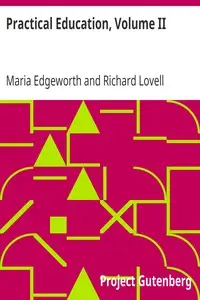
Practical Education, Volume II
By Maria Edgeworth
Discover a revolutionary approach to schooling where understanding triumphs over memorization, and learning blossoms through conversation and real-world examples.
Summary
About the AuthorMaria Edgeworth was a prolific Anglo-Irish novelist of adults' and children's literature. She was one of the first realist writers in children's literature and a significant figure in the evolution of the novel in Europe. She held critical views on estate management, politics, and education, and corresponded with some of the leading literary and economic writers, including Sir Walter Scott and David Ricardo. During the first decade of the 19th century she was one of the most widely read novelists in Britain and Ireland. Her name today is most commonly associated with Castle Rackrent, her first novel, in which she adopted an Irish Catholic voice to narrate the dissipation and decline of a family from her own landed Anglo-Irish class.
Maria Edgeworth was a prolific Anglo-Irish novelist of adults' and children's literature. She was one of the first realist writers in children's literature and a significant figure in the evolution of the novel in Europe. She held critical views on estate management, politics, and education, and corresponded with some of the leading literary and economic writers, including Sir Walter Scott and David Ricardo. During the first decade of the 19th century she was one of the most widely read novelists in Britain and Ireland. Her name today is most commonly associated with Castle Rackrent, her first novel, in which she adopted an Irish Catholic voice to narrate the dissipation and decline of a family from her own landed Anglo-Irish class.

